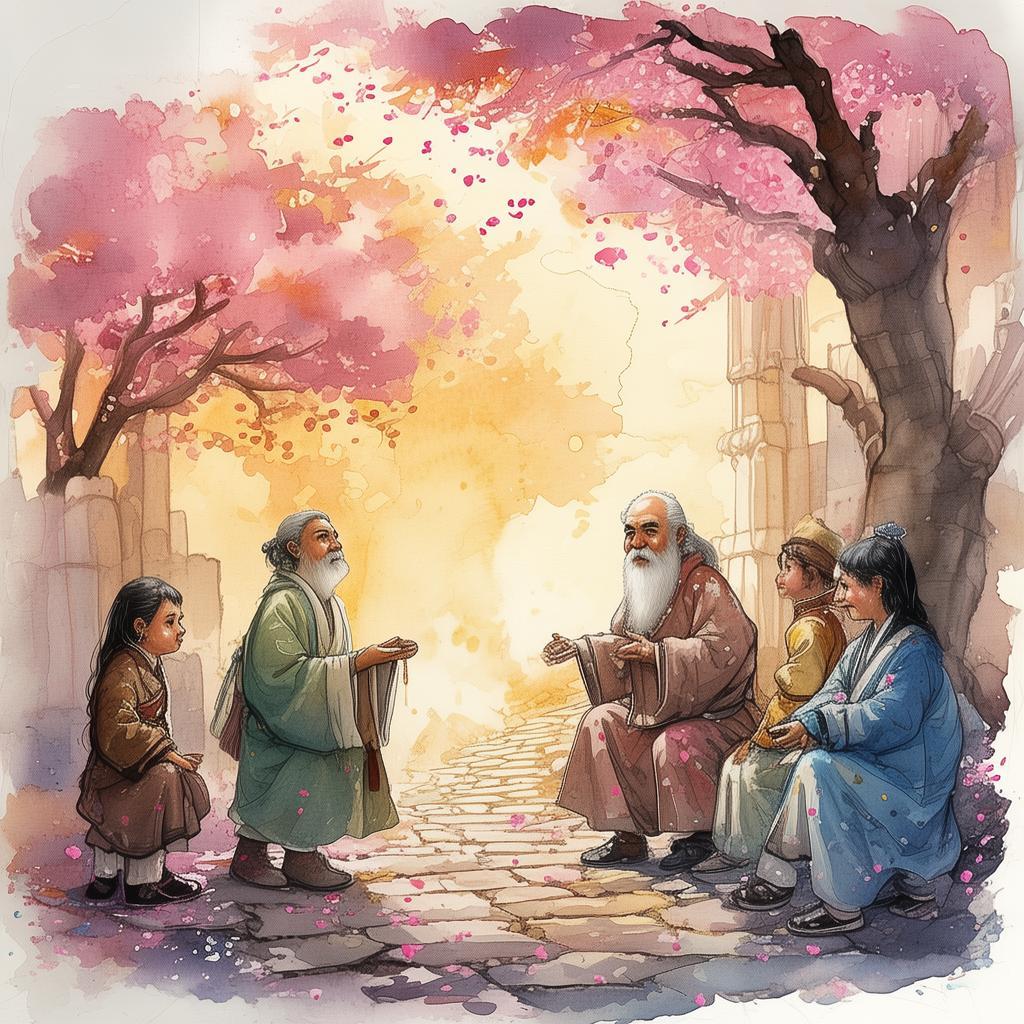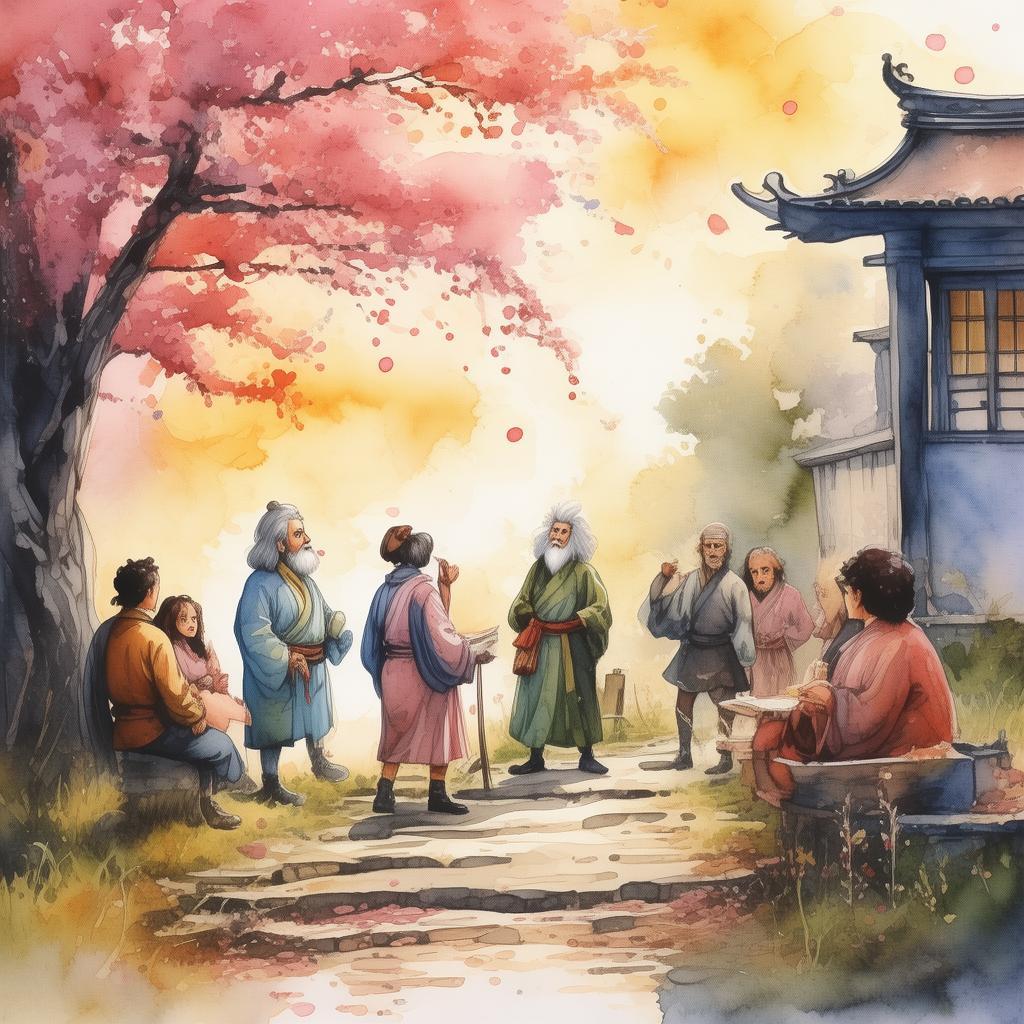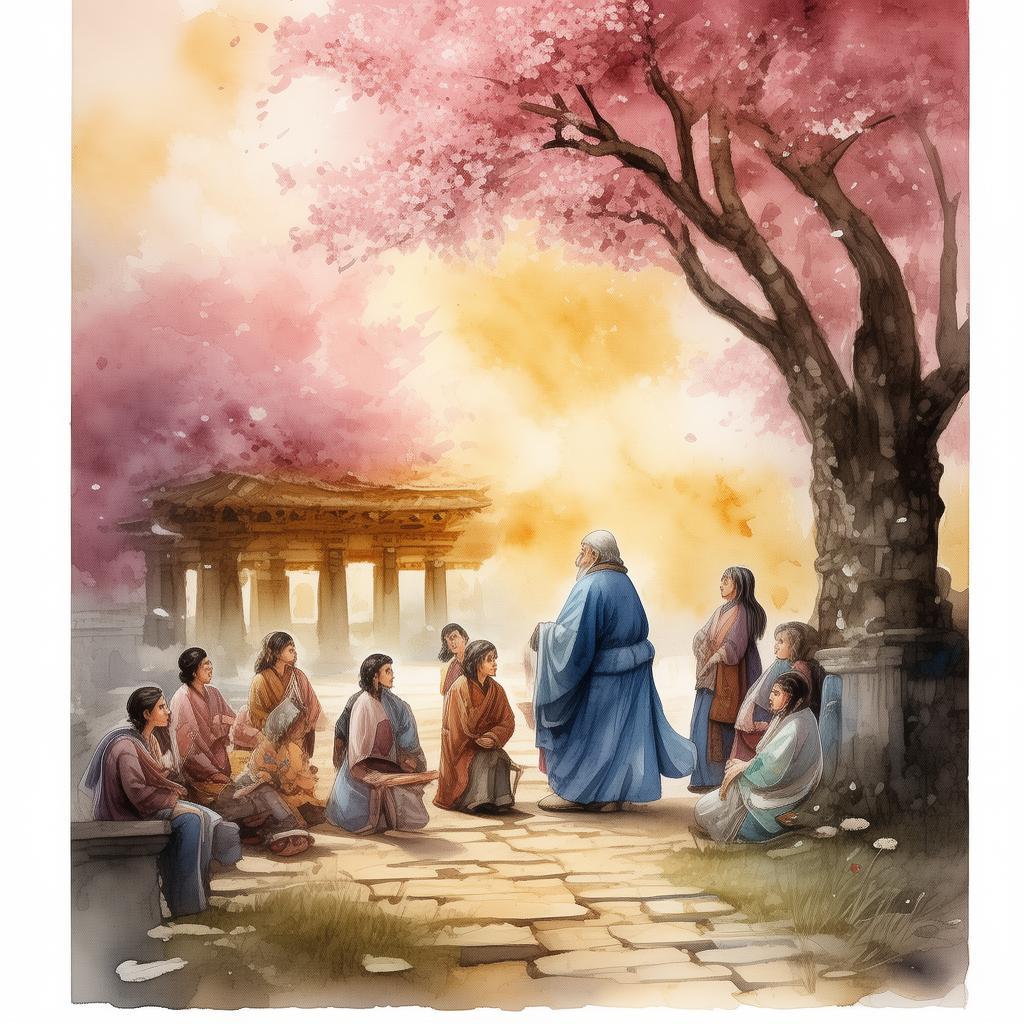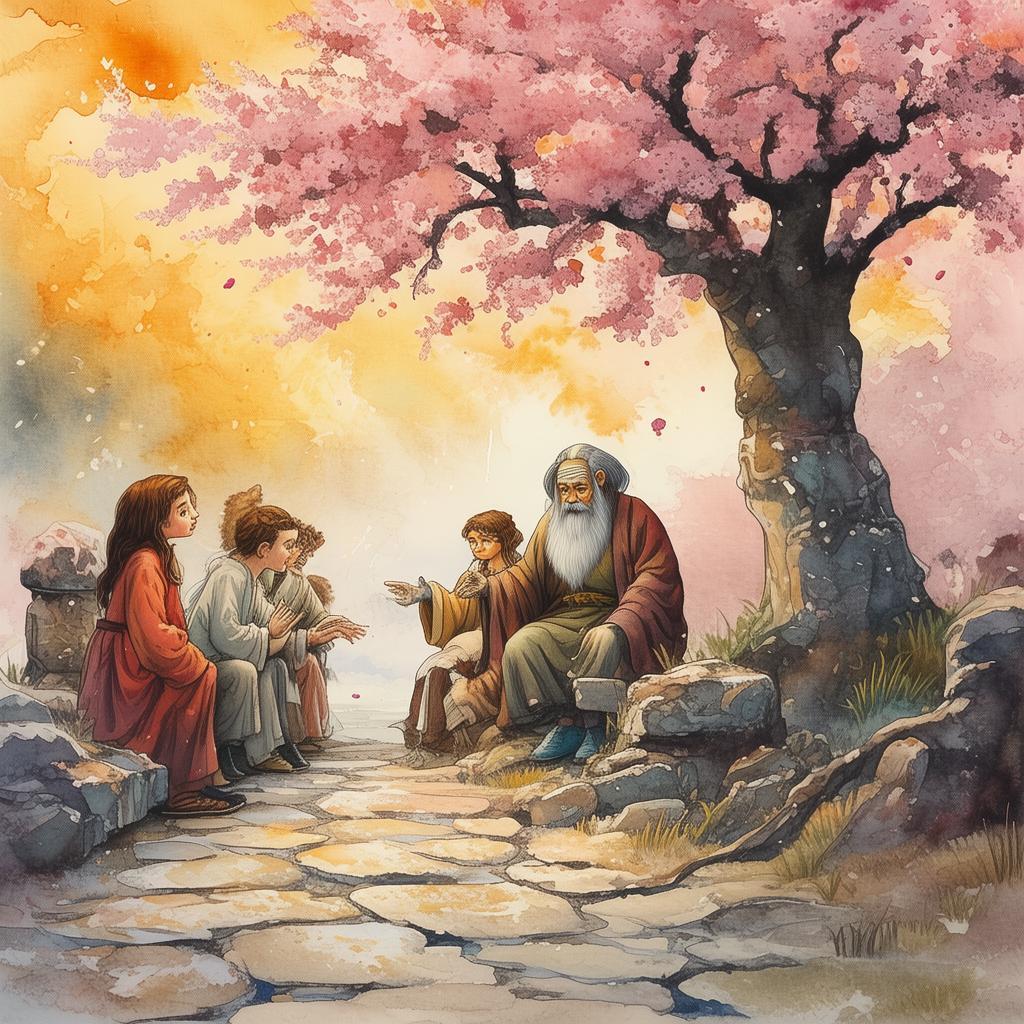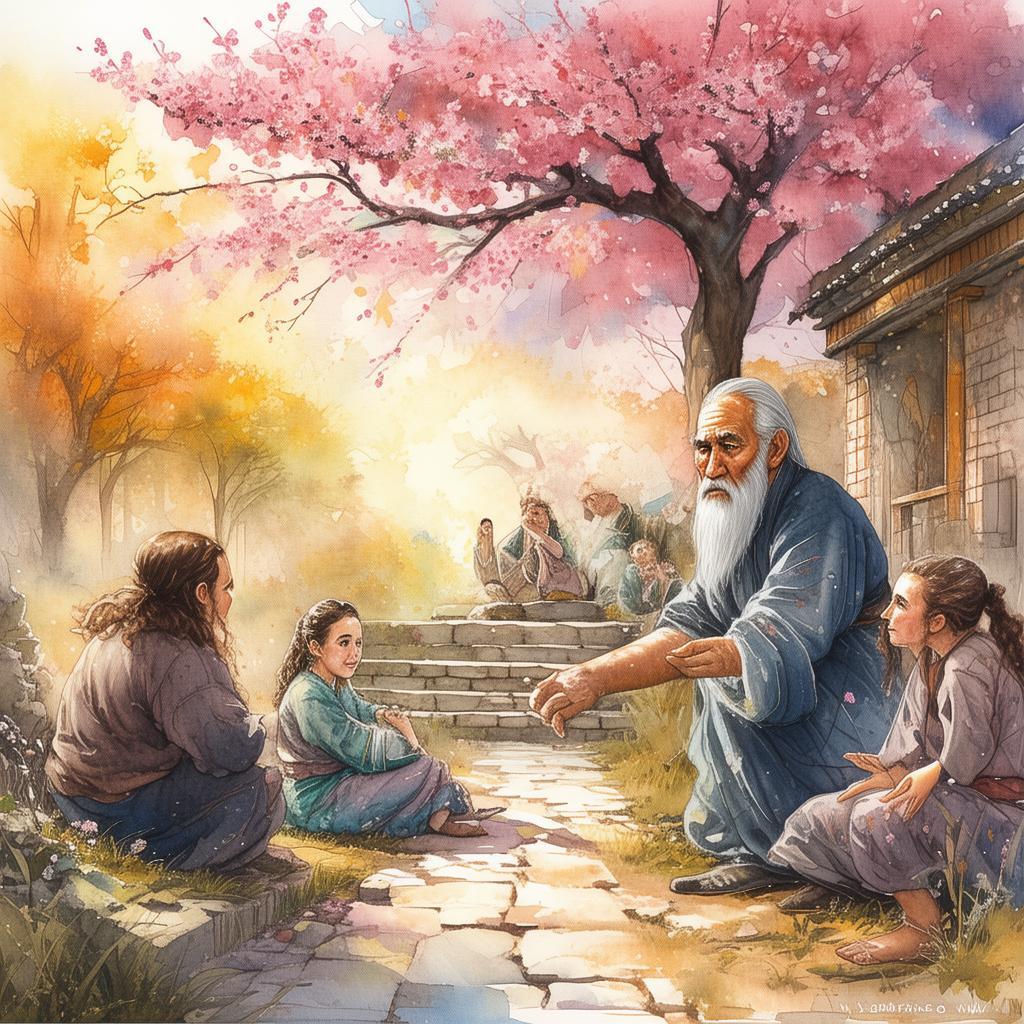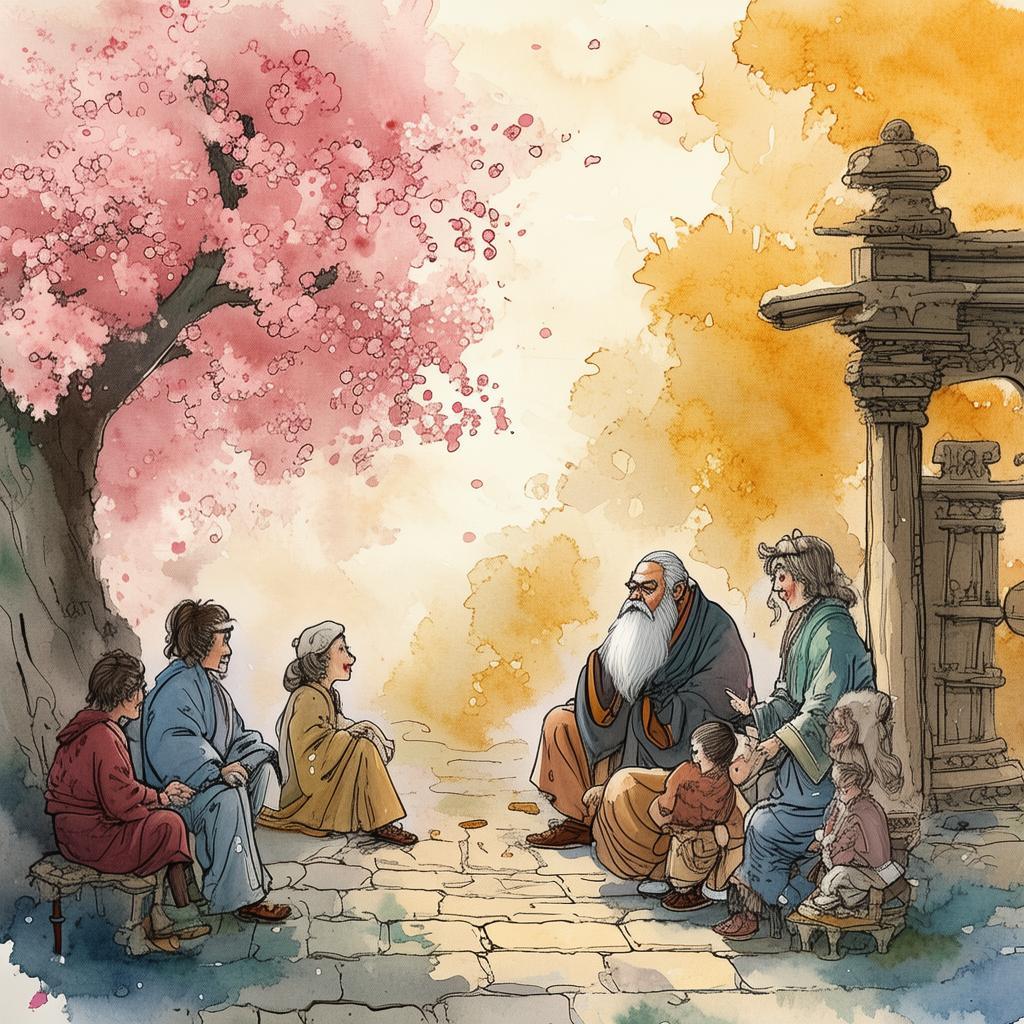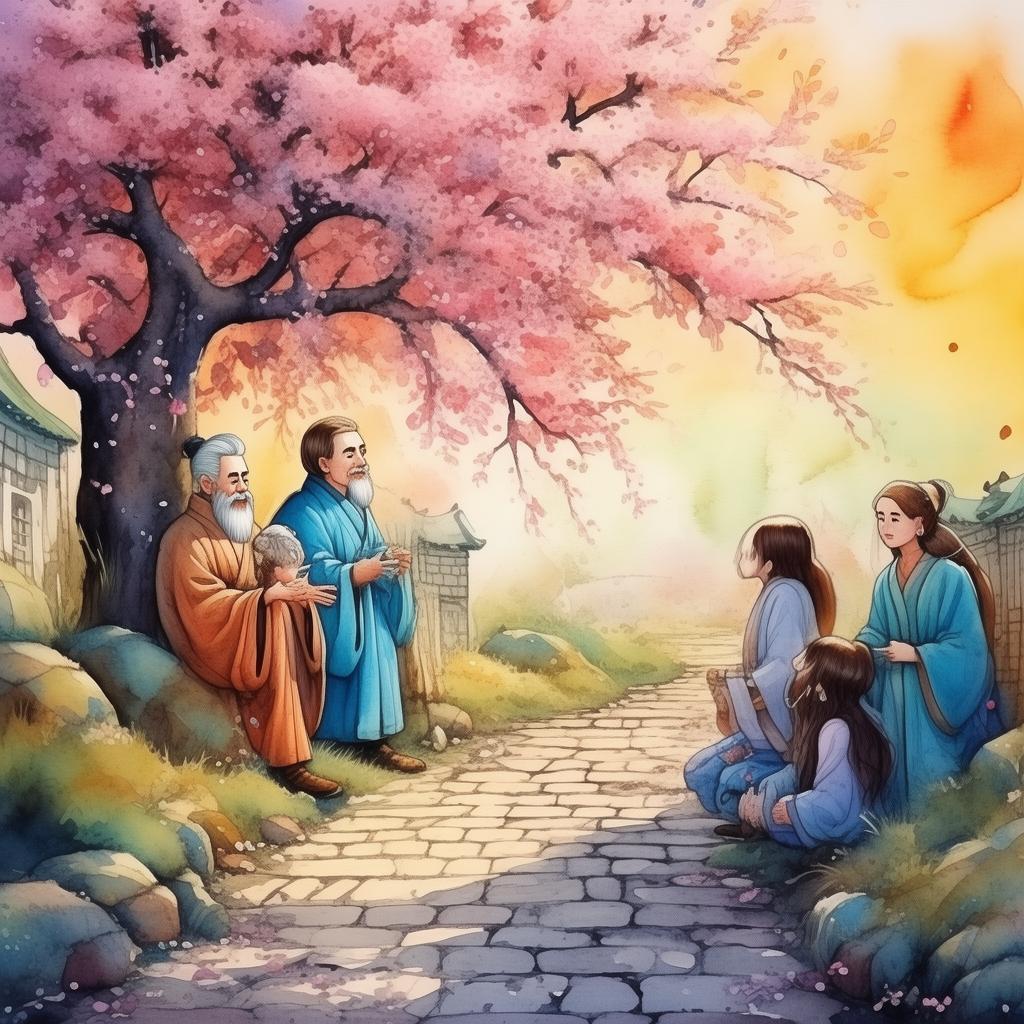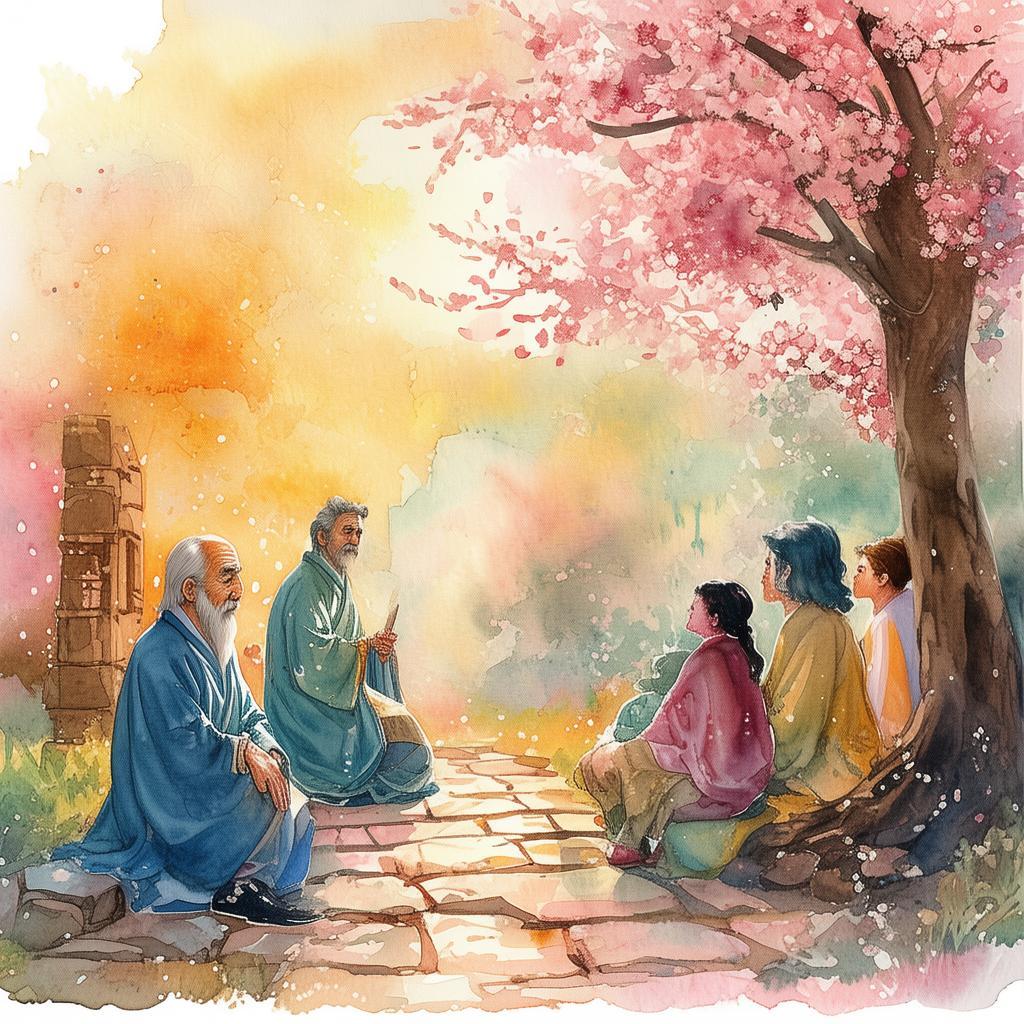The Urban Sheepfold: A Sheepherder's Tale in the Heart of the City
In the heart of a sprawling metropolis, where towering skyscrapers kissed the clouds and the hum of traffic painted a relentless symphony, there lived a man named Li. By day, he was a city dweller, a nameless face in the sea of concrete and steel. By night, he transformed into a shepherd, herding his flock of sheep in the serene, quiet spaces of the city.
Li's sheep were not ordinary; they were a peculiar blend of the urban and the rural, a testament to the city's unique charm. They roamed the rooftops, the parks, and the courtyards of old buildings, their woolly coats a stark contrast to the sleek steel and glass of the cityscape. Li, too, was an anomaly—a shepherd in a world that seemed to have forgotten the ways of the past.
One evening, as Li sat on the rooftop of an abandoned factory, watching his sheep frolic in the twilight, he felt a strange sense of disconnection. The city had a way of swallowing people whole, of making them forget their roots. Li's sheep, however, seemed to thrive in this urban environment, their wool reflecting the city lights like a living tapestry.
It was then that Li's thoughts wandered to his ancestors, the true shepherds of old. He remembered the stories his grandfather had told him, tales of wisdom and tradition passed down through generations. In those stories, he had heard of ancient Chinese proverbs, sayings that held the essence of life and the universe.
Li decided that night to delve into the world of proverbs, to find the connection between his sheep and the ancient wisdom of his ancestors. He began by reading books on Chinese proverbs, learning their meanings and the stories behind them. He discovered that these proverbs were not just words; they were tools, tools to navigate life's complexities.
One proverb in particular caught his attention: "The wise man does not seek knowledge; knowledge seeks him." Li realized that this was the key to understanding his sheep and the city. Instead of trying to fit his sheep into the mold of traditional shepherding, he would let the city teach him.
The next day, Li began to apply the proverbs to his life. He started by adopting the proverb "A journey of a thousand miles begins with a single step." He began to walk the city, visiting parks, rooftops, and courtyards, observing the sheep and the people around him.
As he walked, he noticed the interconnectedness of life. The sheep were not just animals; they were a part of the city's ecosystem. They provided a sense of community, a reminder of the connection between humans and nature. Li began to see the city in a new light, a place of opportunity and growth.
One day, as Li was walking through a park, he met a young woman named Mei. Mei was an artist, her paintings reflecting the vibrant colors of the city. She was fascinated by Li and his sheep, seeing in them a connection to the natural world that was often missing in the city.
Li and Mei struck up a friendship, and soon they were working together to create a project that would bring the city and nature closer together. They organized a series of events, including art exhibitions, poetry readings, and sheepherding demonstrations. The community responded with enthusiasm, drawn to the unique blend of urban and rural life that Li and Mei were presenting.
As the project grew, Li found himself applying more proverbs to his life. He learned the importance of patience, as reflected in the proverb "The turtle has won the race, but the hare is still running." He also learned the value of perseverance, as shown in "The journey is the reward."
One of the most significant proverbs Li applied was "The wise man learns from the mistakes of others." He used this to guide his interactions with the community, learning from their feedback and adapting his approach as needed.
As the project progressed, Li's sheep became a symbol of hope and change. They reminded people of the beauty of nature and the importance of living in harmony with the environment. The community began to see the city in a new way, as a place of possibilities rather than just a place to live.
Li's story spread throughout the city, inspiring others to look at their surroundings with fresh eyes. People began to see the beauty in the urban landscape, to appreciate the small, hidden wonders that were often overlooked.
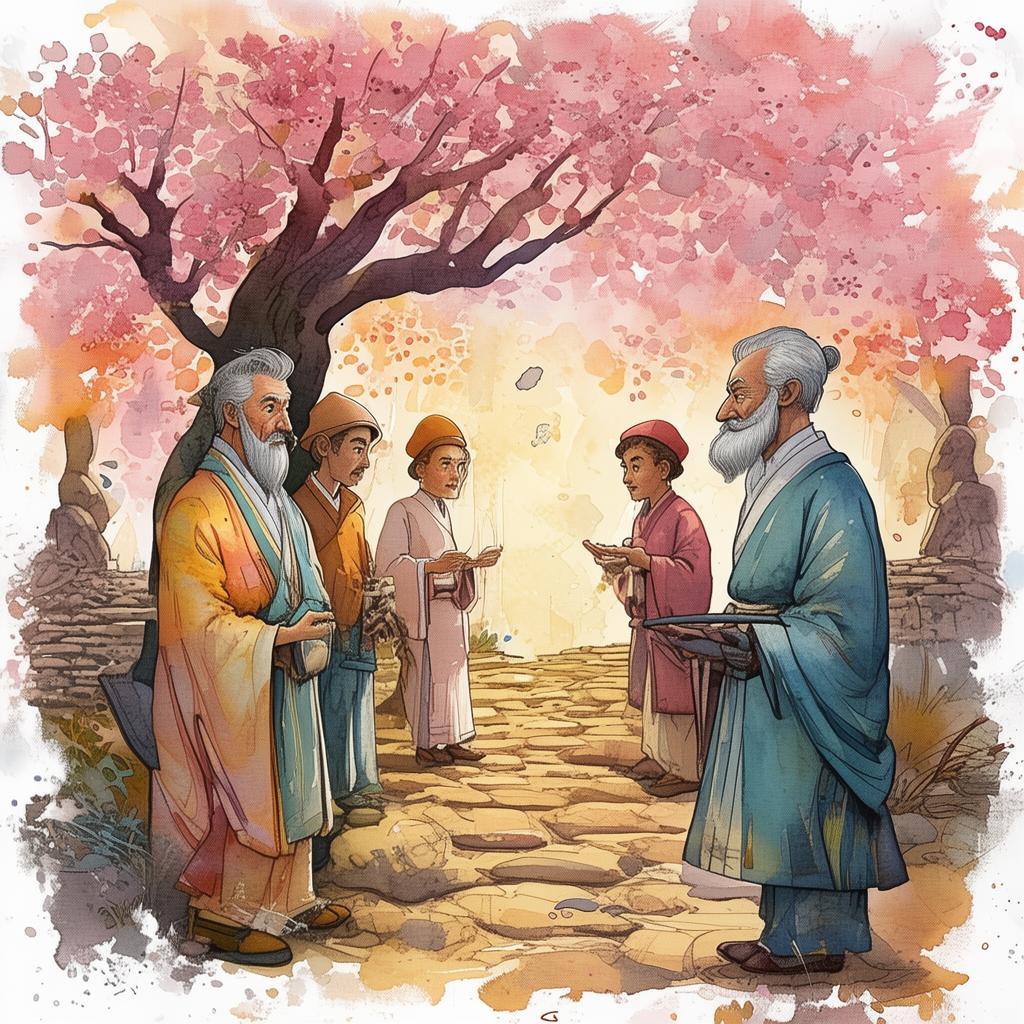
In the end, Li's journey was not just about herding sheep in the city; it was about finding his place in the world and inspiring others to do the same. His story became a testament to the power of ancient wisdom and the potential of urban life.
One evening, as Li sat on the rooftop with his sheep, he looked out over the city. He saw the lights of the skyscrapers, the bustling streets, and the quiet parks. He felt a sense of fulfillment, a realization that he had found his place in the world.
Li's tale had come full circle. He had taken the wisdom of his ancestors and applied it to the modern world, creating a bridge between the past and the present. And in doing so, he had not only transformed his own life but also the lives of those around him.
The Urban Sheepfold: A Sheepherder's Tale in the Heart of the City was more than just a story; it was a reminder that wisdom and tradition can thrive in the most unexpected places, that the heart of the city can be a place of growth and discovery.
✨ Original Statement ✨
All articles published on this website (including but not limited to text, images, videos, and other content) are original or authorized for reposting and are protected by relevant laws. Without the explicit written permission of this website, no individual or organization may copy, modify, repost, or use the content for commercial purposes.
If you need to quote or cooperate, please contact this site for authorization. We reserve the right to pursue legal responsibility for any unauthorized use.
Hereby declared.
